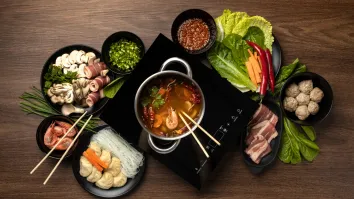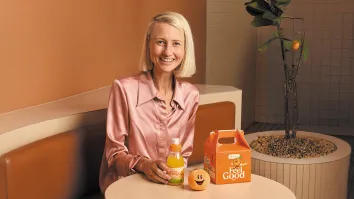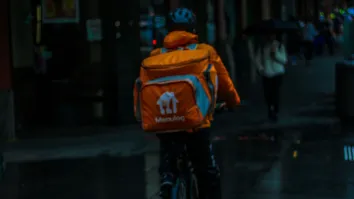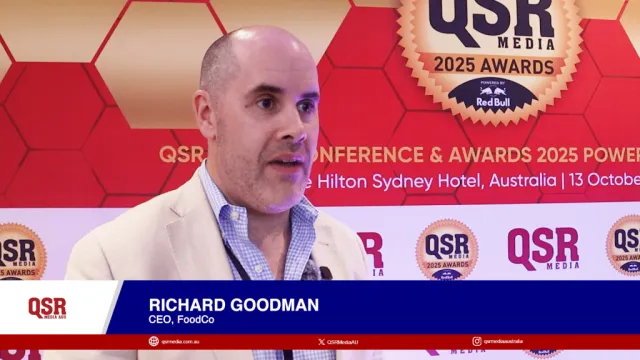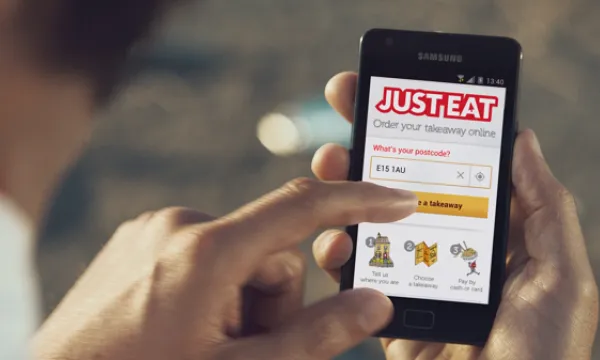
What Just Eat's merger with Takeaway.com means for Australia's restaurant sector
By Corinne AttardJust Eat and Dutch rival Takeaway.com in Europe have agreed to proceed with consolidation, creating one of the largest delivery companies in the world outside China.
The players:
Just Eat: UK-listed public company. It dominates UK and has sizeable presence in other parts of Europe as well as Brazil and Canada. Also owns brands Skip the Dishes, iFood, and Menulog.
Takeaway.com: Dutch-listed company. Big in Germany and the Netherlands and other parts of Europe and Israel. Recently bought Delivery Hero in Germany and Foodarena (Swiss).
The rivals:
Uber Eats: needs no introduction - Uber’s food delivery service
Deliveroo: another UK based service operating in 13 countries. A recent move by Amazon to invest US$575 million in Deliveroo has been halted by the UK competition regulator pending investigation. (Uber and Deliveroo previously discussed merging but this idea has apparently been abandoned).
The deal will see Just Eat shareholders owning just over half of the combined group, whilst Takeaway.com shareholders will take a 47.8% stake in the new company to be called “Just Eat Takeaway.com N.V.”
So as these companies gobble each other up, what does that mean here in Australia?
Just Eat operates in Australia through Menulog, a brand that predates its rivals but arguably does not have the technological advantages of UberEats and has traditionally relied on restaurants providing their own drivers. Despite Menulog’s recent introduction of its own delivery arm, several reports have noted that the investors in Just Eat are less than happy with its performance. Menulog has also had some issues with accusations of it illegally domain squatting on restaurant websites.
Prior to the announcement confirming that the deal with Takeaway.com had been agreed, Just Eat released its 2019 half year results. These show that with the launch of 25 new delivery zones, Menulog’s delivery service now covers over 70% of the addressable population in Australia and that Menulog returned to revenue and order growth in Q2 with gross profitability for delivery achieved from April. Despite increasing revenue and underlying EBITDA, Just Eat was in the red, with Menulog (Australia/NZ) reporting a £2.1m loss in the first 6 months and active customer numbers also declining. These were attributed to the closure of the Eat Now platform and the cost of roll out of the new delivery service.
Australia has proved a challenge for the food delivery sector generally. Foodora didn’t make it and Deliveroo has survived here relying heavily on the financial support from its UK parent. Our employment laws are tough and the accusation of ‘sham contracting’ with respect to its delivery riders drove out Foodora and still haunts the remaining operators. However, in June this year the Fair Work Ombudsman completed its investigation into Uber Australia and found that it was not in an employment relationship with its drivers, so not sham contracting.
Other pressures in Australia have been that our cost of doing business is high – notoriously wages and rents. Many restaurants have announced their departure from the Uber Eats platform which typically charges a 30-35% commission.
Menulog has the originator advantage in Australia and a point of difference over Uber Eats as it allows restaurants to use their own drivers which may help it to survive the calls from Europe for its demise. (Deliveroo also allows a restaurant to use its own delivery fleet). As Takeaway.com does not have a presence in Australia, the departure of Menulog would mean that the newly combined Just Eat Takeaway.com would be leaving this market open to its rivals.
Whilst the Just Eat activist shareholder Cat Rock Capital has previously urged it to dispose of its underperforming non-European brands, it has also encouraged a merger. As the merger proceeds with Takeaway.com, this may be enough to satisfy investors and avoid the offloading of Menulog.
Further, Google has recently launched a new “Order Online” feature in the US that enables orders from delivery services without downloading their apps or visiting their websites. In the US, the delivery market is more fragmented with DoorDash, Postmates and others. With this Google innovation choosing which delivery app to use will become secondary for the customer. Choose the restaurant and whichever delivery service is offered is chosen for you.
If Google rolls this innovation out in Australia and elsewhere we may see increased competition for the business of restaurants among the delivery services that remain which has the potential to lower costs of providing delivery which is good news for restaurants.



